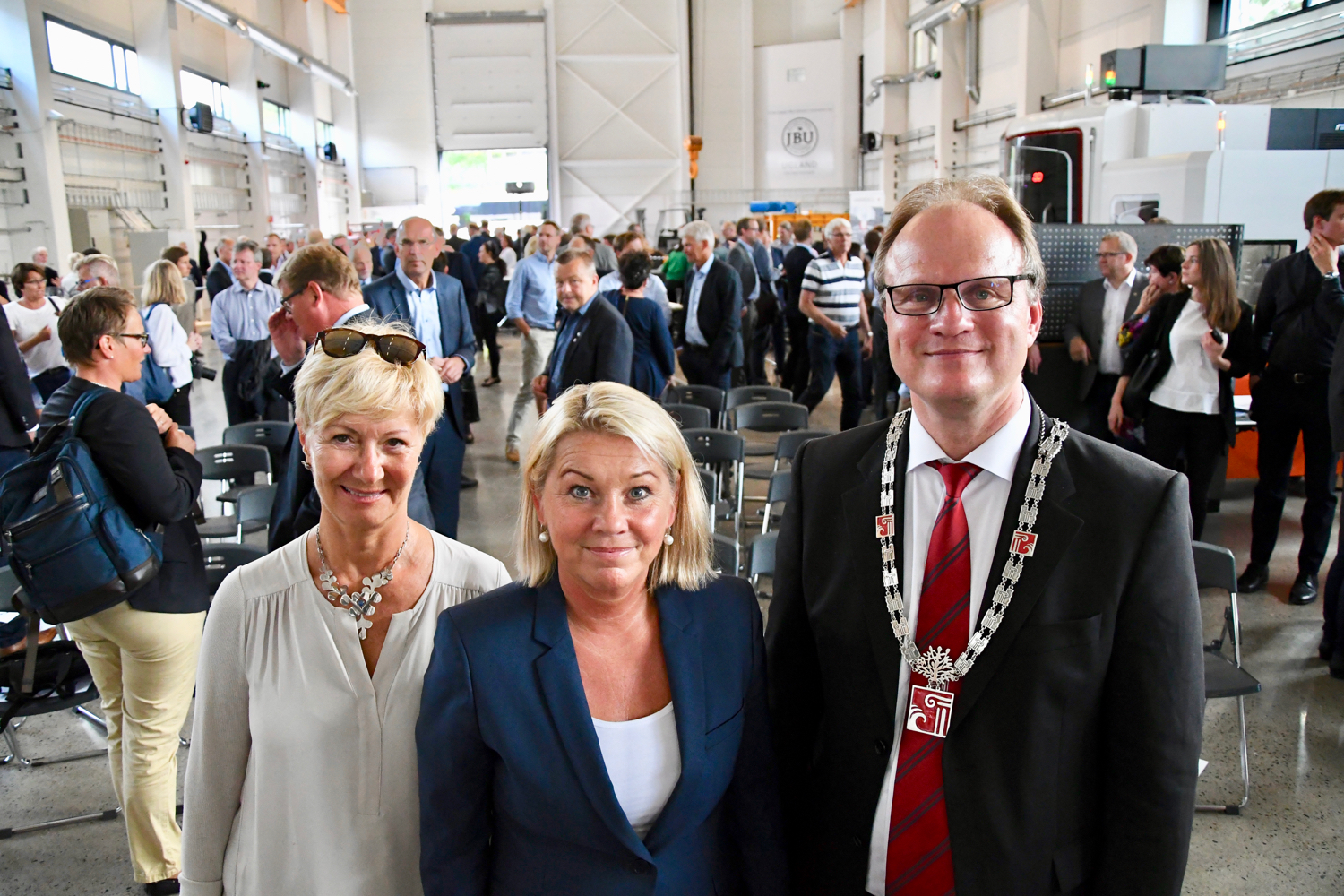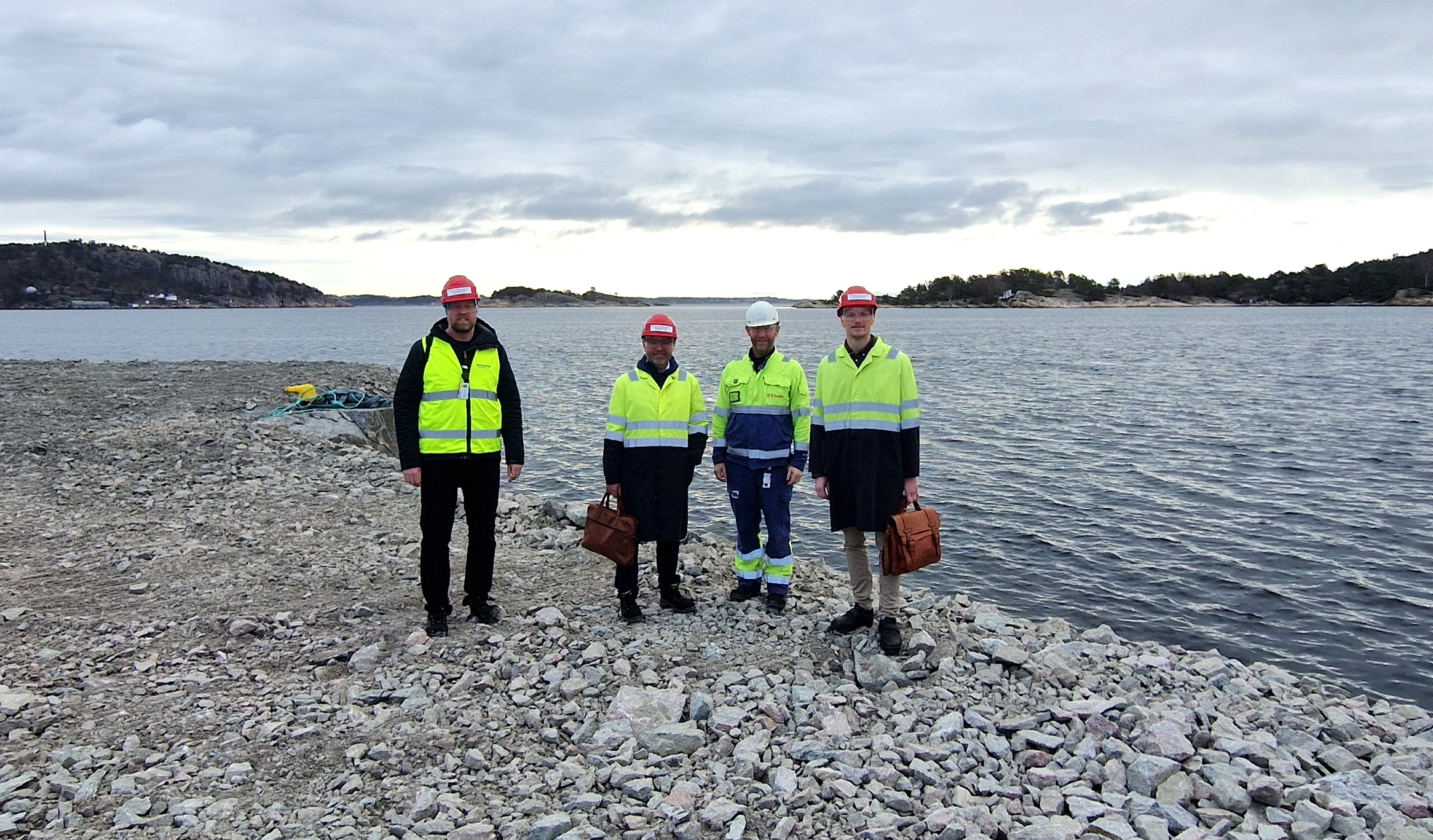The case study documents how the mechatronics industry became a main area for regional development spanning 50 years.
It took the oil supply industry in Agder 35 years to grow from 0 to 1800 employees and to reach EUR 625 million in turnover (1968–2003), and only eight more years to reach 10,000 employees and EUR 5,625 million in turnover (2003-2011).
The main reason for the rapid growth was the sharp rise in oil prices in the first decade of the 2000s, a rise that historically has been matched only two times.
Firms in the Agder region were not equally positioned to utilize the increasing oil prices. The largest of the multinational corporations that entered the region in the early 2000s was National Oilwell Varco. NOV introduced a new business model for the oil and gas supply industry in the region.
When NOV bought Hydralift in 2002 and established itself in the Agder region, it was approximately the same size as the Norwegian firm Aker, which had established itself in the same region a decade earlier. By 2012, NOV was the dominating firm in the region and ten times bigger than Aker. The explanation is that it was able to utilize large global networks, value chains, and industrialization competence. Whereas other firms primarily make one-off customized products, NOV’s business model is mass production and to sell their wares in bulk.
THE ESTABLISHMENT OF NODE
According to the analysis, another important organizational development in the early 2000s was the 2005 establishment of NODE, a business cluster within the oil and gas industry. The cluster manager succeeded in ensuring commitment from the largest multinational corporations in the Agder region. Early on, the NODE cluster, in collaboration with the industrial partners, identified mechatronics as a common dominator for the development of the firms in the cluster. The cluster also developed a knowledge base and R&D competence in the region, primarily through influencing the strategies of the newly formed University of Agder. Additionally, NODE lobbied for national and regional policy support for its strategy.
Agder University College and the mechatronics industry in the region had only limited collaboration prior to the establishment of the NODE cluster. Key actors at the university and in the industry did not even know each other. The industrial development was done in the industry. NODE increased the university’s capabilities in mechatronics by influencing the teaching programs. From having a generic approach to mechatronics, the programs became more oriented towards the oil and gas industry.
RECRUITMENTS AT THE UNIVERSITY
Four renowned professors in mechatronics were recruited and offered part-time positions in firms within the NODE cluster. At the same time, there was institutional integration between the NODE cluster and the university. When mechatronics developed into a prioritized R&D area at the university, firm representatives were given positions on the board of the Faculty of Engineering and Science, and university representatives were given positions on NODE’s Board of Directors.
The initial regional success of the NODE cluster, combined with the rapid growth of the firms in the cluster on a national and global scale, underpinned the rise of the cluster organisation in the Norwegian cluster hierarchy. NODE gained National Centre of Expertise (NCE) status in 2009 and Global Centre of Expertise (GCE) status in 2014.
In 2015, the University of Agder and industrial partners applied and received funding for a national center for research-based innovation – SFI Offshore Mechatronics – worth approximately EUR 25 million, as well as national funding for a mechatronics innovation lab worth EUR 13 million. The dean of the Faculty of Engineering and Science, who was also the project manager stated on the SFI application in 2015, later became the Rector of the University of Agder. Thus, it seems that the University of Agder, has benefited at least in some form from the collaboration with the mechatronics industrial field.
Read more:
The full report in English (by Roger Norman, Mikaela Vasstrøm, and Hans Christian Garmann Johnsen)



